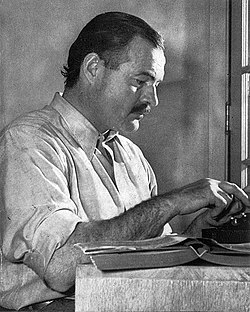
This list includes both authors whose entire literary production was officially banned in Nazi Germany and authors who were only partially banned. [1] These authors are from the prohibitions lists in Nazi Germany and come from the following lists and others:
Contents
- List of damaging and undesirable writing, Liste des schädlichen und unerwünschten Schrifttums, December 31, 1938 [2]
- Jahreslisten 1939–1941. Unchanged new printing of the Leipzig edition, 1938–1941, Vaduz 1979
The official list was published by the Reichsministerium für Volksaufklärung und Propaganda (Ministry of Public Enlightenment and Propaganda). [2] Authors, living and dead, were placed on the list because of Jewish descent, or because of pacifist or communist and/or Freemasonic sympathies or suspicion thereof.
In May and June 1933, in the first year of the Nazi government, there were book burnings. These book bans compose a part of the history of censorship and a subset of the list of banned books.
After World War II started, Germans created indexes of prohibited books in countries they occupied, of works in languages other than German. For example, in occupied Poland, an index of 1,500 prohibited authors was created. [3]
Most serious efforts were dedicated to the writers of ethnic Jewish descent: In 1938, a team tasked by Alfred Rosenberg produced the Verzeichnis jüdischer Autoren (Register of Jewish Authors) that listed some 11,000 Jewish writers while in 1941 the Germans began the Bibliographie der jüdischen Autoren in deutscher Sprache: 1901–1940 (Bibliography of Jewish Authors in the German Language), initially supposed to contain some 90,000 names but ending up with 28,000 in March 1944 as the project was stopped due to a lack of personnel. [4]










